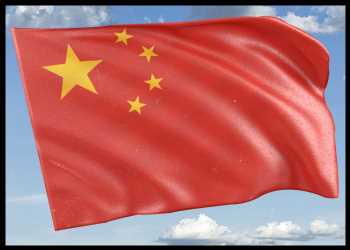China Cuts Policy Rates As Economic Data Disappoints
The People’s Bank of China slashed major policy rates on Tuesday as economic data suggested that the second-largest economy is still struggling to regain strength amid fears of another slump in the real estate sector.
The Chinese central bank reduced the one-year medium-term lending facility, or MLF, to 2.50 percent from 2.65 percent. The bank had lowered the MLF by 10 basis points in June.
The apex bank also cut the seven-day reverse repo rate by 10 basis points to 1.8 percent.
As the MLF acts as a guide to loan prime rates, a reduction to the LPRs later this month is almost certain.
ING economist Robert Carnell said markets were expecting PBoC to wait until September before easing monetary policy again and today’s action indicates that the authorities’ concern about the state of the macro-economy is mounting.
Amid financial troubles at developers, there is a real risk of the economy slipping into a recession unless policy support is ramped up soon, Capital Economics’ economists said.
However, economists said rate cuts are likely to remain too small to revive credit demand, while policymakers have so far been slow to roll out meaningful fiscal support.
Industrial production registered an annual growth of 3.7 percent in July, the National Bureau of Statistics reported. Economists had forecast output to grow 4.4 percent, the same rate as seen in June.
Likewise, growth in retail sales decelerated to 2.5 percent from 3.1 percent in June. This was also weaker than economists’ forecast of 4.5 percent.
In the January to July period, fixed asset investment increased 3.4 percent from the same period last year, slower than the widely expected 3.8 percent expansion. Property investment shrunk 8.5 percent in the same period.
The government suspended the release of unemployment data by age group. The youth unemployment rate has been hitting fresh record highs recently. In June, the jobless rate among youth was 21.3 percent.
The urban unemployment edged up to 5.3 percent in July, as expected, from 5.2 percent a month ago.
While major global economies face risk of persistent inflation, China moved into deflation in July with consumer prices falling for the first time since February 2021 and producer prices extended its downturn.
Source: Read Full Article


